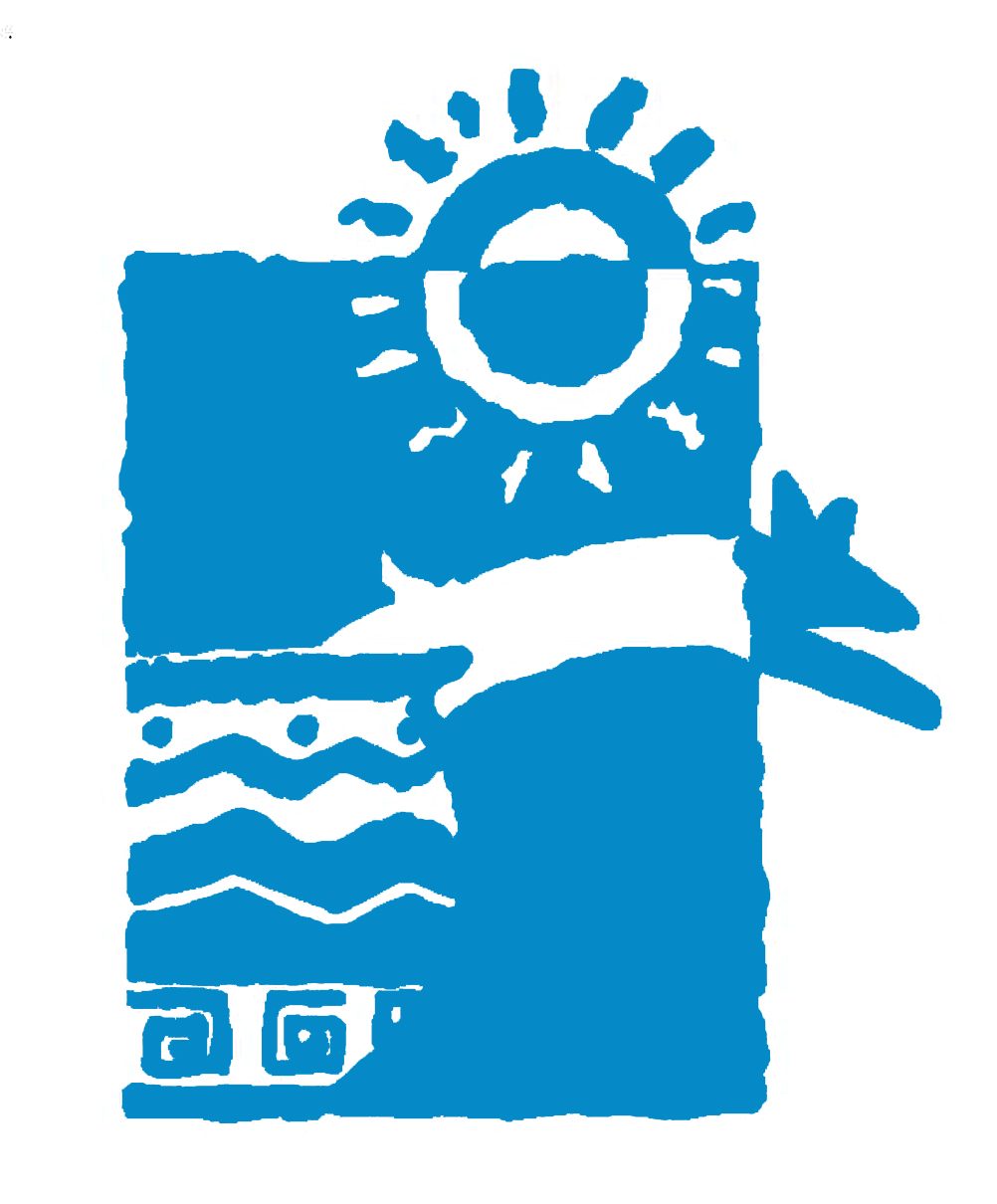[Source: Matt Fesko, Arizona Heritage Alliance Vice-President] –
I participated in the Fall 2012 Arizona Department of Game and Fish Black Footed Ferret spotlighting event in Aubrey Valley. Black-footed ferrets (Mustela nigripes) are one of North America’s most endangered mammals. The primary goal of the Arizona reintroduction effort is to establish a free-ranging, self-sustaining population of black-footed ferrets in the Aubrey Valley Experimental Population Area (AVEPA). I was paired with two volunteers from Northern Arizona University. After a short introductory video and training session at the Game and Fish field house in Seligman, we headed out to Aubrey Valley with our spotlights and traps to trap ferrets from 10 pm until 6 am. It was a rewarding experience to see first hand these amazing creatures in their natural nocturnal habits. The Game and Fish staff and all of the volunteers did a fantastic job.
Below are the results of the outing that I received in a very nice thank you card from the Arizona Department of Game and FIsh BFF Team: “Thank you for your help during the 2012 fall spotlighting event. We really would not be able to get the job done without the invaluable help of so many dedicated volunteers. During the fall event we caught 65 ferrets, of which 57 were unique BFF’s. Fifty-one of these ferrets were brand new and 9 of the ferrets trapped had been caught during the previous events, which we like to see because we get an idea of long term survivability in the population. We had 44% trap success this event. Over the 5 nights we had a total of 144 volunteers, of which 103 were brand new. We broke our previous record of 22 ferrets caught in one night, with 23 captured on the first night! With a spring count of 53 individuals and a fall count of 57 individuals we have a minimum population of 110 ferrets; falling just short of last year’s population count of 116. Thank you again for your help and we hope to see you at another event!”
